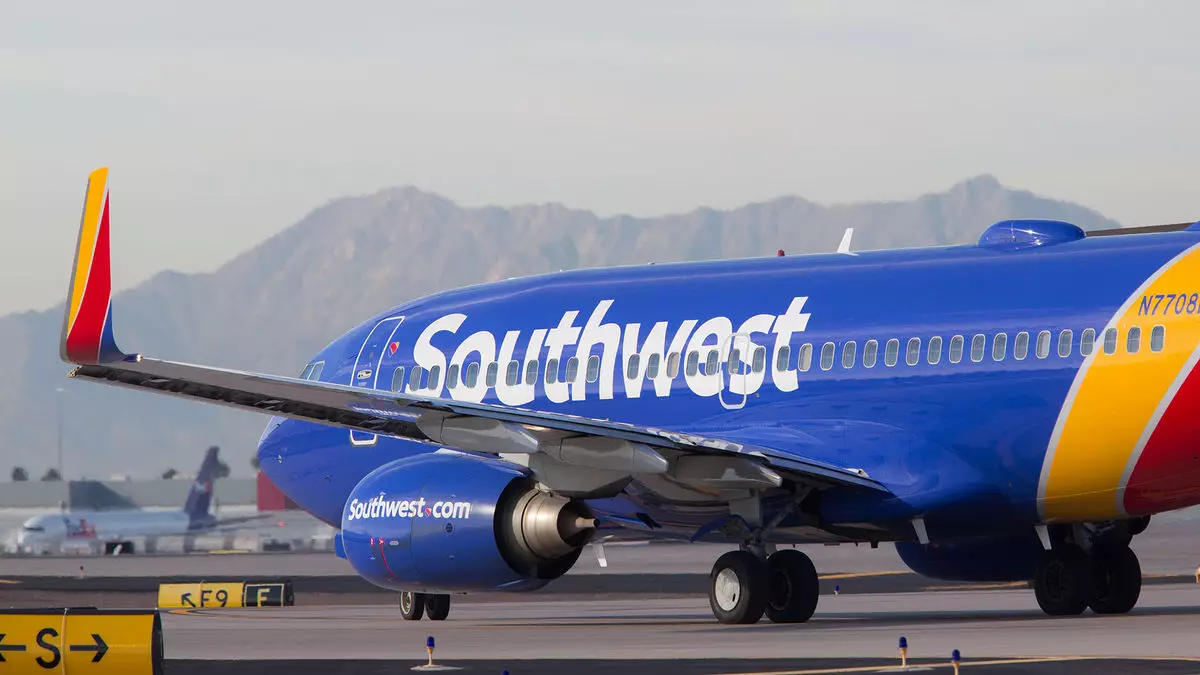In a noteworthy shift, Southwest Airlines is gearing up to foster its first airline partnerships, marking a significant pivot in its operational approach. Set to launch in the coming year, this partnership will integrate Icelandair, a move that dismantles Southwest’s historical hesitation to collaborate with fellow airlines. Traditionally, the airline has proudly upheld its independence, a hallmark of its brand identity. However, the decision to partner with Icelandair signifies a progressive step that could redefine its market presence, particularly from its Baltimore hub, offering seamless access to the European skies through Reykjavik. This collaboration is a monumental advancement, indicating that Southwest is embracing a more integrated operational model.
In tandem with establishing partnerships, Southwest has revealed significant changes to its seating policies. This transition from an open-seating arrangement to assigned seating signals an evolution in customer experience, aligning with industry standards. By introducing a structured boarding process, Southwest aims to enhance organization and efficiency at the boarding gates. In an expected rollout during the latter half of the next year, the airline plans to retrofit its fleet to include extra-legroom seats that promise an added five inches of space between rows. This adjustment conveys a commitment to passenger comfort while ensuring that its standard economy seat pitch remains among the highest in the sector.
Despite the ongoing transformation within the airline, Southwest has reaffirmed its dedication to customer satisfaction by continuing its proactive baggage policy. The allowance of two free checked bags per customer remains unchanged, promising to uphold its reputation as a consumer-friendly airline amidst the evolving competitive landscape. Amidst pressures from investors, notably Elliott Investment Management, which holds an 11% stake, ensuring customer loyalty through such policies creates a valuable buffer for the carrier. This long-standing practice has set Southwest apart in an industry notorious for additional fees and complications.
Southwest Airlines has ambitious financial goals underpinning its planned changes. The company anticipates its new initiatives—ranging from partnerships to updated seating policies—will contribute an impressive $4 billion in additional earnings before interest and taxes by 2027. This projection highlights the airline’s strategy not only to modernize its services but also to solidify its financial footing amid industry fluctuations. Stakeholders will undoubtedly keep a close eye on the effectiveness of these transformations, particularly as the airline faces potential challenges from investors seeking greater returns on their holdings.
Southwest Airlines appears poised at a significant crossroads. By straddling the line between its traditional values and the pressing need for innovation, the airline is embarking on a journey that promises to reshape its operational landscape. With strategic partnerships, policy overhauls, and a clear aim for growth, Southwest is not merely responding to competitive pressures but actively re-engineering its business model for the future. The upcoming year will be critical for the airline as it navigates these changes and addresses the expectations of both customers and investors alike.


Leave a Reply